Chinstrap Penguin: Description, Types, Pictures, & Fun Facts
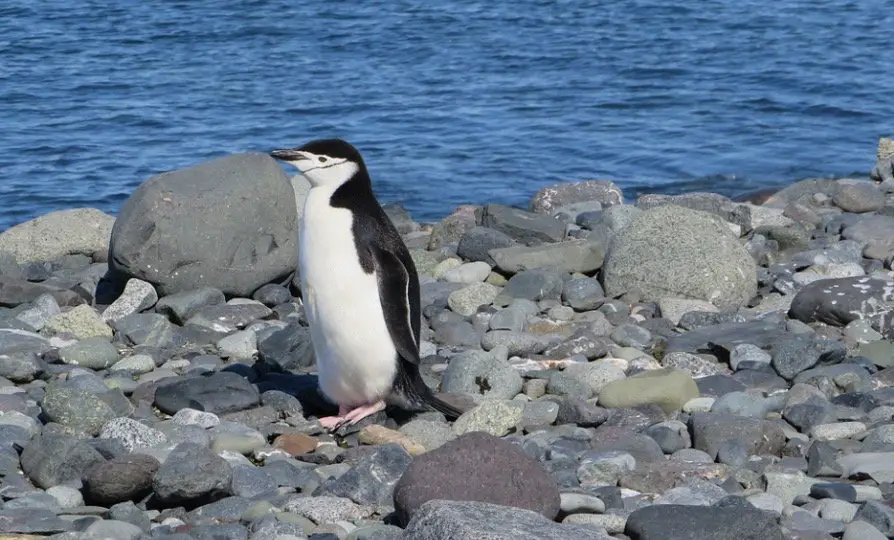
Table of Contents
Classification of Chinstrap Penguin
- Kingdom: Animalia
- Phylum: Chordata
- Class: Aves
- Order: Sphenisciformes
- Family: Pygoscelis
- Scientific name: Pygoscelis anarcticus
Locations of Chinstrap Penguin
- Antarctica
- Ocean
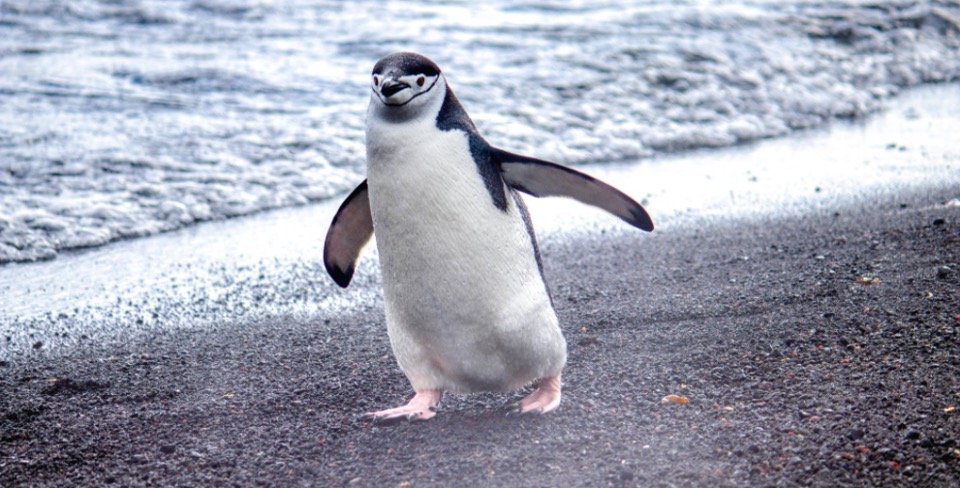
Chinstrap Penguin Description
Chinstrap penguin is one of the most abundant penguin species all over the world. Their population can be estimated by the fact that on a remote island, more than one million breeding pairs of penguins are found in a colony.
Amazing Facts About Chinstrap Penguins
- In the southern Atlantic Ocean, the colony of chinstrap penguins resides on Zavodovski Island, which is as large as it contains around 1.2 million breeding pairs in a single colony. This colony is also declared as the largest colony of penguins and it is also recorded in the Guinness Book of World Records.
- The population of penguins on the island is more than the human population in San Francisco.
- Many members of this species are monogamous and mate for life. In 82% of the time, the mating pairs were spotted together.
- The species named chinstrap penguin is one of the most aggressive species of penguins.
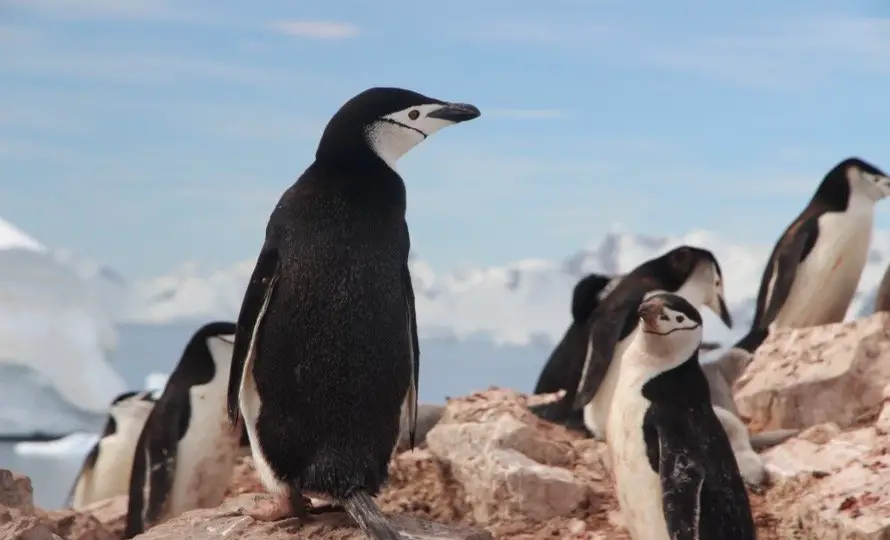
Chinstrap Penguin Species
The scientific name of chinstrap penguin is Pygoscelis antarcticus. Sometimes the birds are also named P. Antarctica and earlier it is also the scientific name of these penguins.
The species belongs to the family Spheniscidae and its class name is Aves. There are three different types of penguins are included in the family Pygoscelis. All the species are together known as “brush-tailed” penguins.
Other names of chinstrap penguins are bearded penguins, ringed penguins, and stone cracker penguins. The bird has a very loud voice thus it gets its name “stone cracker”.
It is still unknown there from where the name penguin was originated. Possibly it is believed that the word is originated from a Welsh word in which the word ‘pen’ means head and ‘Gwyn’ means white.
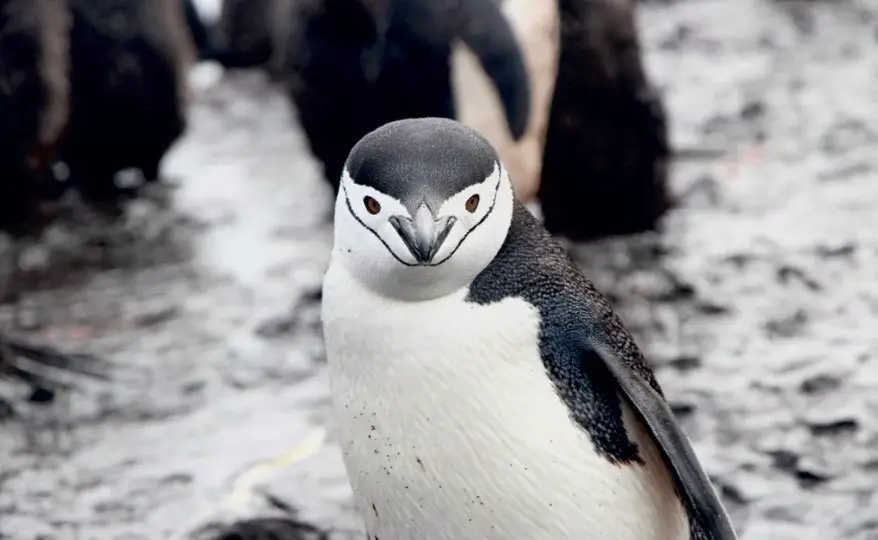
Appearance and Behavior of Chinstrap Penguin
The birds show a helmet-like appearance due to their blackheads. They have a black mark on their chinstrap thus they get their name. The face of the birds is white with black colored eyes. They have pink feet with black soles.
During young age, the birds have grey-colored faces instead of white and after 14 months they reach the adult markings. The size of the chinstrap penguin is medium-sized, but they are not included in the largest species of penguins.
The chinstrap penguin is around 75 cm long and the average weight of the bird is around 5.5 kg. The chinstrap penguins have loud vocalizations and the birds are very vocal in their breeding colonies.
As the penguin raises its flippers, it makes a sound “ah, Kauk, Kauk, Kauk” with swaying its head from side to side. The chinstrap penguin makes a very loud noise. The penguins are very active and lively in their breeding grounds.
Often they can be seen while fighting, calling, bowing, gesturing, and preening. In the situation of any territorial dispute, the bird may point, stare and charge. The chinstrap penguin is a very social bird. Often, the bird makes colonies in which the Adelie penguins, cormorants, and some other species are also included.
They build their nests in hollow nests that are very simple. Among all the brush-tailed penguins, the chinstrap penguins are most aggressive especially when they defend themselves from other species.
The group of penguins is named a colony. Sometimes the colony is also named as Waddle or rookery. When the group of penguins floating on the ocean, they are known as a raft.

Habitat of Chinstrap Penguin
Sometimes, the birds roost with other breeds of penguins such as the Adelie penguin. The chinstrap penguin is known as the most aggressive species of penguin. Most of the time, the birds live out at sea and hunt small fishes and krill to eat them.
Antarctica, the Scotia Sea, the South Sandwich Islands, and the South Shetland Islands are the preferred habitats of the penguins where they can be found in large colonies.
The largest colony of penguins is also found in South Sandwich Island. Often the birds are spotted in sandy and rocky habitats. Some populations of the chinstrap penguins can be also seen in the Balleny Islands, New Zealand, and in the Ross Dependency area.
The penguins follow the schools of krill when they were migrating towards the north to warmer waters with less ice in early April, which is autumn in the southern hemisphere.
Diet of the Chinstrap Penguin
The chinstrap penguins are great divers that love diving. However, most of their diet is made of krill but they also feed on fish, squid, and shrimp. In the southern oceans, the krill are very abundant and occur with a biomass of around 379 million tonnes.
The southern ocean also has a great population of chinstrap penguins in large colonies thus they easily find their prey. However, it is also reported that in many areas where krill were predated by penguins, the mean air temperature is rising continuously up to 5 to 6 degrees Celsius.
It is hypothesized by many researchers that the penguin population is fluctuating due to the rise and fall of populations of krill in this ocean.
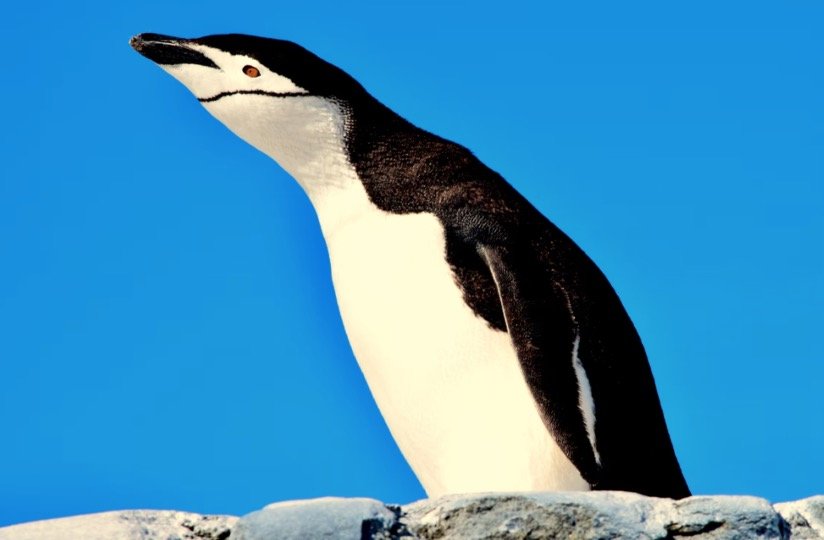
Predators and Threats of Chinstrap Penguin
The leopard seals and killer whales are the main predators of chinstrap penguins that feed upon the birds. It can be observed from the studies that the leopard seals can alone consume 1.4 to 5% of a colony of penguins during their breeding season.
The leopard seals kill the penguins and for hunting, they rely on stealth. The penguins gather near ice sheets where the leopard seals wait for them and they catch penguins when they enter the water.
Generally, after entering into the open water, the threats on penguins reduced as compared to the land. Sea lions are other main predators of chinstrap penguins. The skuas and other predatory sea birds also feed on the eggs and chicks of the penguin thus they also face threats from predators.
Besides predators, some other factors such as climate change are also affecting the population of chinstrap penguins, and the abundance of krill is also affected by the factors.
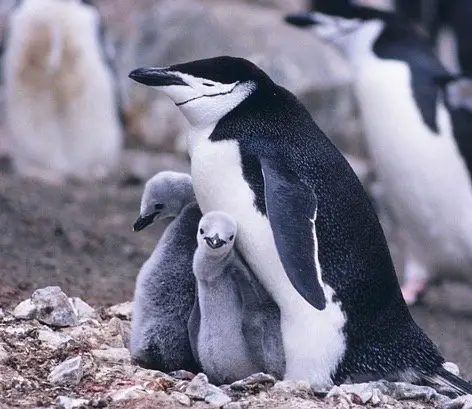
Reproduction, Babies, and Lifespan of Chinstrap Penguin
When the male penguin returns to its colony and seeks a mate, it starts making a screeching sound by raising its head in the air and also using its flippers to beat its chest. The same distinctive sounds were also made by all other penguins when one male starts screeching.
The penguins from pairs for life after finding a mating partner. He will return to the same mating partner every year and form a special bond by meeting or reuniting every year. The breeding season occurs from November/ December to March.
Around two eggs were laid by the female penguin every year. Usually, the timing is relatively later than other species of penguins residing nearby. Both mother and father are engaged in incubation and hatch of eggs and they do it in shifts of 5 to 10 days.
The eggs take around 37 days to hatch after which, the chicks live for a month with their parents and then leave the nest and join other young chicks of the group. Chick is called to a young or baby penguin. Sometimes they are also known as nestlings.
The baby penguins form a group, which is named a crèche. The chicks prefer to huddle together in the crèche so that they remain warm and also avoid predation. The parents also get enough time to go on the hunt and bring food due to this.
The fluffy down in baby chicks is replaced by waterproof feathers within two months. After getting feathers, the chicks become ready to dive and they went for hunting on their own by making their first trip to sea.
The lifespan of a chinstrap penguin is about 20 years. However, it is reported that the oldest living chinstrap penguin was 32 years old in 2015 and was alive at the time. The penguin was living in Moody Gardens in Texas.
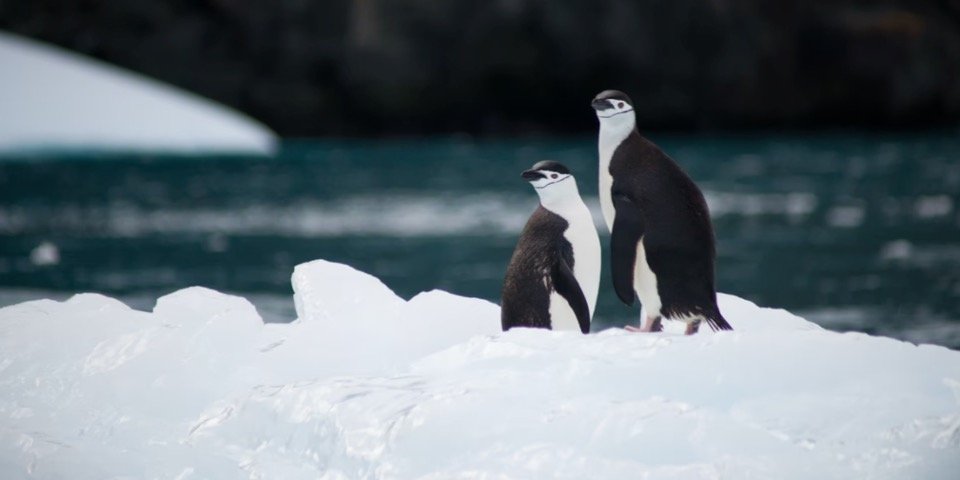
Population of Chinese Penguin
The population of chinstrap penguins was estimated by IUCN in August 2018 and it is reported that there is a total of 8 million individual chinstrap penguins are living in the world. Among all penguins, the chinstrap penguins are most abundant and listed as “least concerned” species by the IUCN red list of threatened species.
However, it is estimated that the population of penguins is decreasing. The major habitats of the bird include Circumpolar, Sub Antarctic and Antarctic islands, and the Antarctic Peninsula. During their breeding season, the birds live on the rocky coast instead of ice.
The Zavodovski Island found in the South Sandwich Islands consists of the largest colony of chinstrap penguins, which is also recorded in the Guinness book of world records. However, the area of the Island is only 3 miles in length and 3 miles wide, but it consists of a population of more than a million chinstrap penguins in such a small Island.
Some other major habitats of chinstrap penguins are as follows-
- Argentina
- Bouvet Island
- Chile
- The Falkland Islands
- French Southern Territories
- South Georgia
- South Sandwich Islands
- Islands of New Zealand
Facts About Chinstrap Penguin
The Zavodovski Island, which contains more than a million penguins is known as “the smelliest place on Earth”. The area of the island is very small but still more than a million breeding pairs can be spotted on the Island. Thus the Island is a pretty smelly place due to the large population.
However, an active volcano is also present on the island, which makes the place smellier. The place is hailed as “the world’s smelliest place” by the UK’s telegraph which also features the place with some other names such as Pungent Point, Stench Point, and Noxious Bluff.









